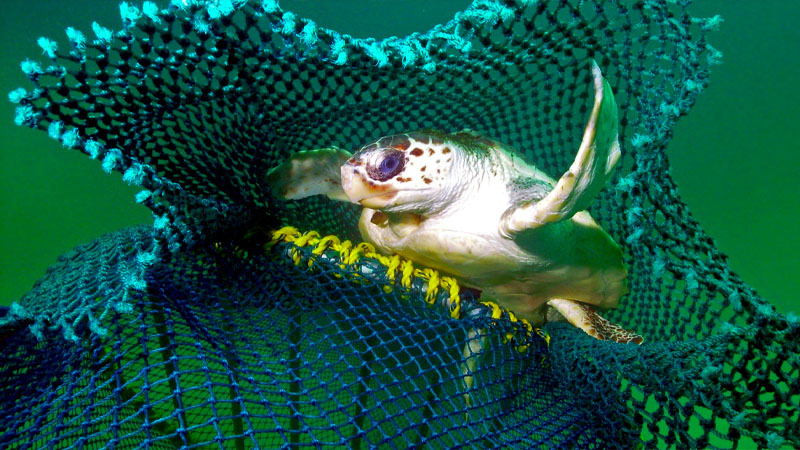Exclusive content

The Mexican high-seas shrimp fishery has garnered a remarkable 97% success rate in the proper use of Sea Turtle Excluder Devices (TEDs). This achievement, reported by the Ministry of Agriculture and Rural Development through the National Commission for Aquaculture and Fisheries (Conapesca), is crucial for maintaining export certification to the United States market in 2025. The assessment was part of the annual verification process undertaken by U.S. officials, signifying Mexico’s commitment to sustainable practices in shrimp fishing.
Rigorous Evaluation by U.S. Officials
The thorough evaluation was conducted by Jared Milton of the State Department and Aaron Blake Price from the National Oceanic and Atmospheric Administration (NOAA). They were joined by representatives from Conapesca, the Ministry of the Navy (Semar), and the Federal Attorney for Environmental Protection (Profepa). The collaborative effort ensured that the inspection process was both comprehensive and effective, focusing on the largest Mexican shrimp vessels.
The U.S. government plays a pivotal role by setting stringent criteria for countries wishing to export shrimp. Each year, it publishes a certification in its Federal Register, which requires countries to implement comparable programs aimed at minimizing the incidental capture of sea turtles—a critical concern for marine biodiversity.
Maintaining Export Certification
As part of the certification process for Mexican shrimp, U.S. officials conducted inspections in Puerto Peñasco, Sonora, from November 11 to 14. This meticulous verification covered both dock tours and assessments at sea. The positive outcome—an overall rating of 97%—ensures that Mexican shrimp can continue to be exported to the U.S. market, reinforcing the industry’s reputation for sustainable practices.
The certification not only acknowledges current sustainable fishing practices but also highlights ongoing efforts to enhance them. Between 2021 and 2024, over 8,700 individuals, predominantly men and women in the shrimp fishing sector, benefited from training programs focused on the construction, installation, and operation of TEDs and Fish Excluder Devices (PEDs). Such